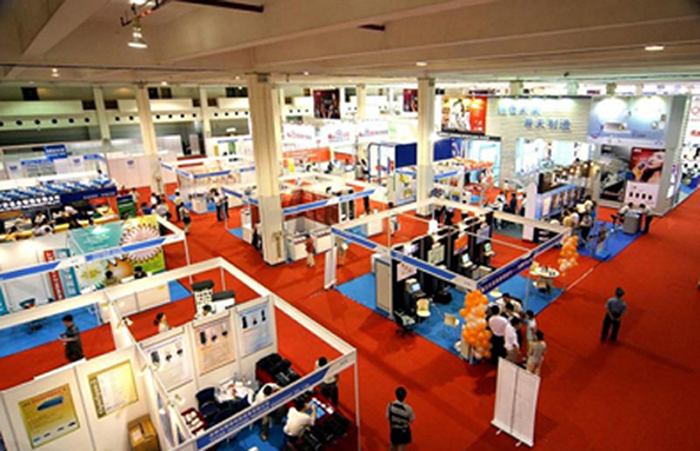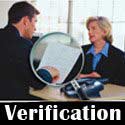
?
 Case 1
Case 1
Before the outbreak of the Second Gulf War, a Naijing Company sold 2000 tons ethotic plastics (worth 2.18 million USD) to a Singapore company. After the contract was sealed, the seller received the letter of credit from the buyer and then made the delivery according to the article of the contract. What is unexpected is that the Gulf War did not set the price of the oil products soaring, instead, the price plummeted. After receiving the goods, the buyers claimed that the goods are defective; therefore, it asked for a 200 dollar price cut. Otherwise, they would refuse to pay. However, when the buyer submitted the letter to the bank, there is no consistency within the letter of the credit. And the bank did not reject the documents or refuse to pay until 11 days later. And according to above situations, buyers choose to sue the bank, and as a result, the Supreme Court of the Singapore rules in favor of the seller
Case Study
In this case, the contract stipulated that the payment shall be made according to the irrevocable sight letter of credit. In accordance with the provisions of the Uniform Customs and Practice for Documentary Credits “, in the letter of credit business , the bank processes only documents , not related goods and documents. Therefore, so as long as the documents are consistent, the bank should make payment according to vouchers. In this case, when the seller submitting the documents to the bank, there is no discrepancy at all, therefore, the banks have no reason to refuse to pay the purchase price.
According to general practice, when the documents are inconsistent with each other, the bank should notify the customer as soon as possible. According to the Singapore jurisprudenc, the bank should reject the documents in 3-4 days notice to customers. In this case, the bank refused to accept the documents and pay the purchase price 11 days after it received the documents, which is clearly inconsistent with the general practice and local precedents.
It should be noted that in this case the buyer demanded for lower prices on the grounds the quality of the goods are inferior, and asserted that it would refuse to make the payment if the seller would not lower the price, under this circumstances, the seller has not bring a lawsuit with the buyer, instead it choose to prosecute the bank. And as its claim is well justified, the results is in favor of the seller. It is the proof that its decision is wise and its approach effective.
Case 2
In October, a French company (seller) and a Shanghai company (buyer) have set up a contract of selling 200 sets of electronic computers (1000 USD each), and the payment shall be made according to the irrecoverable letter of credit. And the delivery should be made on December at Port de Marseille. On November 15, Bank of China Shanghai Branch (issuing bank) made a $ 200,000 irrevocable letter of credit according to the instruction of the buyer and commissioned a French bank in Marseille to notify and negotiate this letter of credit. On December 20, the seller loaded the 200 computers on board and got the bill of lading, insurance policies, invoices and other documents as required by the letter of credit. And then it went to the Marseille bank for negotiation. Upon review, the documents are consistent; therefore the bank had paid $ 200,000 immediately to the seller. At the same time, 10 days the cargo ship left the harbor of Marseilles, the cargo, along with all the goods, sank into the sea in a heavy storm. By that time the issuing bank had received the whole set of the documents and the buyer had already known the total loss of the goods. Bank of China Shanghai Branch intends to reimburse the negotiating bank to pay the purchase price of $ 200,000 on the grounds that its customers can not expect the goods. In accordance with international trade practices, the following questions are asked:
When would the risk of the consignment be transferred from the seller to the buyer ?
Whether Issuing bank would exempted from the payment obligations due to the total loss of the goods, If so, on what basis?
How to compensate the loss of the buyer?
Case Study
1. The Risk shall be transferred from the seller to the buyer since the goods were loaded on board at the port of shipment.
2. The issuing bank has no right to refuse payment. According to the International Chamber of Commerce Uniform Customs and Practice for Documentary Credits, the letter of credit transactions are independent from the sales contract. And the Bank is only responsible for document examination. As long as the documents are in line with the terms of the credit, the banks are required to assume its payment obligations.
3. The buyer could claim compensation from the Seller’s insurance company with other relevant insurance documents and proof of the sinkage of the cargo ship.
Case 3
On July 10, a foreign trade company has signed a sales contract (CIF) worth 150,000 USD with foreign investors, and the payment shall be made through irrevocable letter of credit. The contract provided for our goods should be shipped out in August. On July 28, Bank of China informed the company that it had received letters of credit from the other parties issued by foreign banks. And the audition found that the letter of credit terms and the terms of the contract are consistent with each other. However, before shipment, the company received a modification of the letter of the credit, asking the seller to make the shipment before August 15. As the trade company has booked a liner to sail on August 25 and temporary change procedures are cumbersome, the modification of the letter has been ignored. And it had made the shipment and negotiation for the payment according to the original letters of credit, and then submitted the full set of documents to the issuing bank. But the issuing bank refused to pay on the grounds that the Shipping documents are inconsistent with the modification of the letter of the credit. Please analyze whether the issuing bank has the reason to refuse payment.
Case Study
The issuing bank has no just reason. In this case, the letters of credit is irrevocable, without the consent of the parties concerned, the issuing bank has no right to unilaterally amend or revoke it. As the modified notification arrived after our booking of the liner and we did not agree to modify the letter of credit, the issuing bank has no right to refuse to pay.







